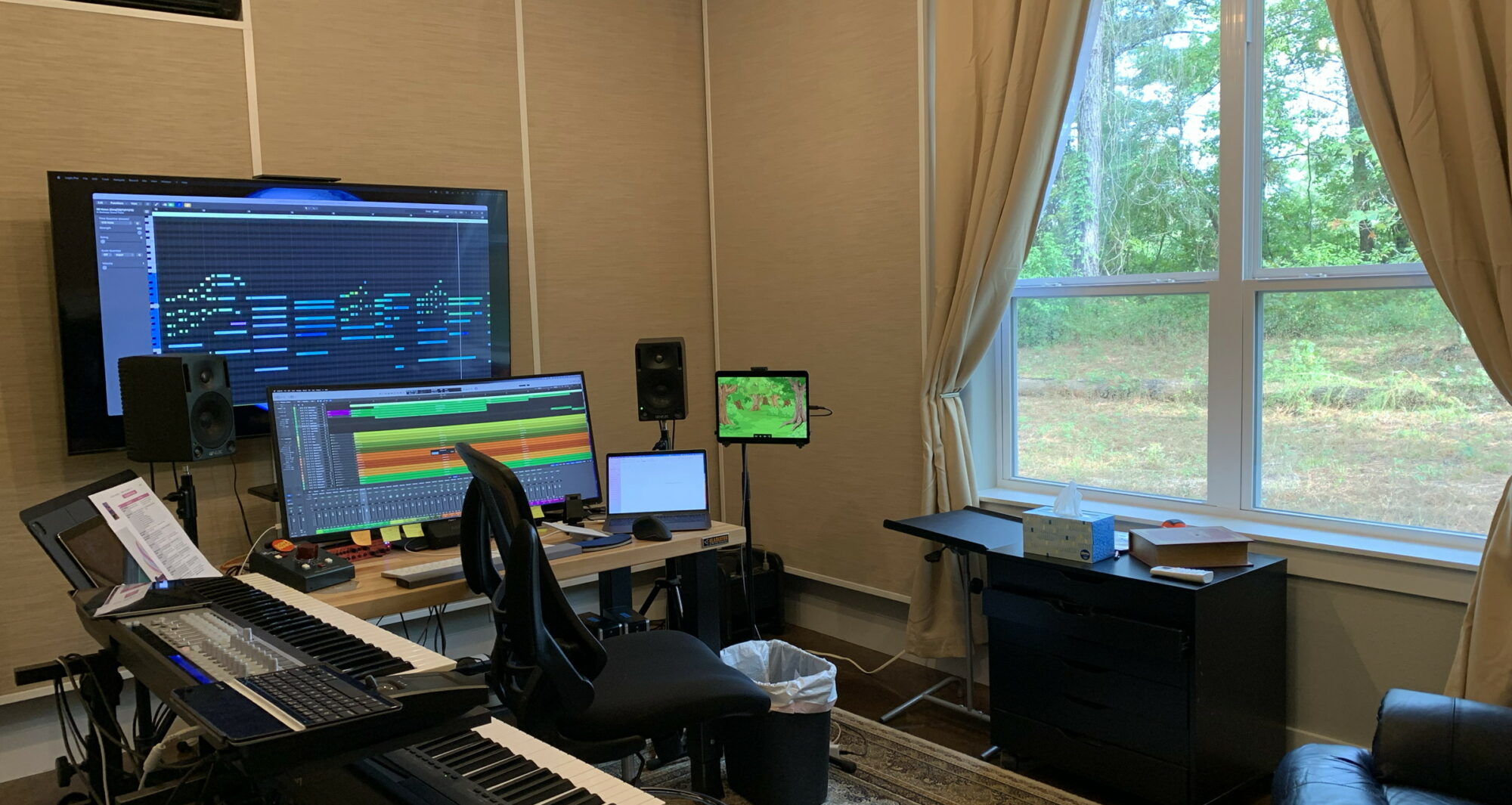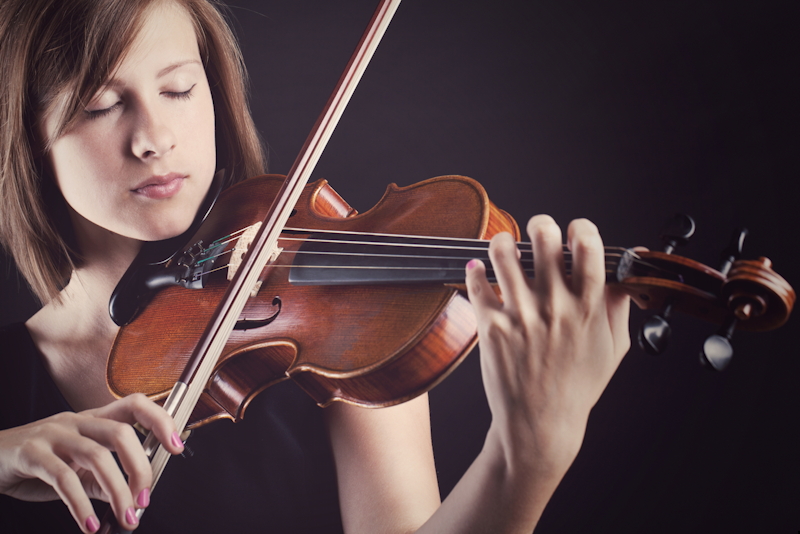Kids, Concerts, and Cultivating Crowds
A manifesto for building orchestra audiences
by Bob Singleton
I’m a classically trained composer and producer, who has written for orchestras, recordings, commercials, TV, and movies. My information about kids comes from being privy to research during my years as music director for one of the most popular music-driven properties in the history of kids programming on PBS, Barney the Dinosaur®.
I heard and participated in discussions of research about kids, toddlers through teens, that provide a template to capture and enchant kids and families. I’ve seen that research bear fruit with several projects.
I’m going to share how it will work for the music and people that I love, the symphony orchestra.
A kid goes to his first orchestra concert. As the orchestra takes its first long, quiet pause, the kid turns to his mother and asks, “Why is it called a movement, if they just sit there?”
Orchestras everywhere are trying to capture new audiences, and kids and families are among the most coveted sources for new audiences. Organizations of all kinds that deftly connect with kids and families, know it happens by knowing who kids are, and when and how to capture them. Experienced marketers also know that when they capture a kid at the right age, they are connecting with the whole family’s interests and purchasing power–often for a lifetime.
Paraphrasing a quote attributed to everyone from Oprah Winfrey to Spongebob; after attending an orchestra concert, kids may not remember a note that was played, they may briefly remember something that was said, but they will always remember how they felt. The best organizations make certain that kids feel enchanted by what they experience.
Kids, life, and music
Kids breathe music from birth. Kids connect with music to develop language, structure, intellect, and more. Music, for kids, is at its most captivating when it is connected with human interaction–and music and human interaction is at the core of every live orchestra experience.
The best age to capture kids for the symphony is roughly ages 6 to 10. Kids this age are intellectually and developmentally prepared to be affected by a life-changing experience at the symphony.
At this impressionable age, kids aren’t locked into a musical identity. They are aspirational and seek heroes. They connect with individuals, not institutions. They access information using all their senses and experience life with all senses simultaneously. They are endlessly curious. They want to see and experience. They don’t want you to tell them, they want to discover for themselves. And, they want to laugh. They really want to laugh. A lot.
This age can be summed up in two words: discover, and laugh. Hit the mark on those two concepts with kids this age, and you’ve captured your new audience, and importantly, their families with them.
First impressions
Kids want to have fun, yet orchestras often feel most comfortable dishing out information, not feeding out fun. When that happens, nobody wins. If orchestras offer a serving of uninspiring educational vegetables for a kid’s first experience, they lose their only “first chance” with that kid.
Kids must first be thrilled. Early orchestra experiences should be a 9-year-old’s dream: exciting, filled with age-appropriate sights, sounds, and sensations that make them laugh and want more.
Igor Stravinsky is credited with saying, “I haven’t understood a bar of music in my life, but I have felt it.” Kids are the same. Let kids feel the experience. Don’t explain it to them.
A kids and family concert will be different from a “grown-up’s” concert. Embrace the difference. The virtuoso music of the masters isn’t required in your kids concerts. What’s required is music that creates an extraordinary, kid-capturing multi-sensory experience, full of sights, sounds, and sensations. The music is part of the entire experience, and it should be packed with dynamic fun, delivered with humor and activity. Once kids have their first “wow” experience, they will be ready to explore the depth and range of the orchestra. They will be hooked.
That first experience should not be a quiet classroom in a concert hall. It should look like kids–with wiggles, heads on a swivel, bouncing, and chatter. The object is to channel that kid-energy into a love for the orchestra, not chain it to a seat.
Kids require a multi-sensory experience. Boldly present visuals, seat-shaking sensations, and the full dynamics and textures of the orchestra. Make the most of projection, plus, let them see and connect to your conductor, the musicians, and their instruments. Give them lots of “in-the-seat” opportunities to interact, with applause, shouts, rhythm, and laughter.
A kids and family concert will be free of rules and full of stimulus. It will be kinetic and dynamic; visually, aurally, and experientially. It won’t be a slow dramatic arch of theme, development, and long periods of repose. It will be a series of heroic moments with people, images, sounds, and humor. Kids should leave feeling a sense of “wow,” wanting to tell their friends how it was so cool.
It’s imperative to engage kids in fun and laughter. Laughter is a visceral, whole-body bonding experience for kids. Ignore belly-laughs and fun with kids this age at your peril.
Plan it
When planning your kids and family concert, keep it under 50 minutes, and follow these guidelines:
- Start with a “wow” opening.
- Create kinetic action within the orchestra. Break the wall of the first row of musicians by having sections and soloists frequently stand and sit for action and visibility.
- Showcase individuals, instruments, and dynamics with “heroic moments” that feature soloists and sections.
- Add kid-friendly projections with pictures and little-to-no text.
- Mix music and dialog in alternating, quick doses. Dialog must be age-appropriate and include large amounts of elementary-age humor.
- Include “in-the-seat” interaction–clapping, laughing, cheering, and call-and-response.
- Create concert titles, subjects, ideas, or characters that connect with kids.
- Don’t depend on performing “familiar” concert works. It’s possible that all orchestral repertoire is unfamiliar to your audience. Connect using fun, interesting sounds and textures, and compelling sights.
- Let your audience learn by observation, not by lecture.
- End with a big, noisy, fun, grand finale, and no talking or lecturing. Leave the audience cheering, laughing, and wanting more.
Include pre-and-post concert lobby multi-sensory experiences that connect with the program. Create development opportunities with businesses and organizations that also want to reach kids and families.
Be bold
Go, capture, and build your new audience. Reach out every season. After you “wow” and captivate your new audience of life-long orchestra lovers, the opening joke in this article could be followed with this:
A kid goes to his second orchestra concert. As the orchestra takes its first long, quiet pause, he turns to his mother and says, “I prefer the atonal, aleatoric intricacies of post-modernism.”
OK–maybe not. Wow them first, then take them on a life-journey with the people and music of your orchestra.
***
Bob Singleton is a Grammy® and Dove nominated composer and producer of music for all ages. He has arranged and produced two RIAA Certified Platinum award albums, and had music in the triple Academy Award nominated movie, “In America,” in addition many other projects for network TV and international distribution.
His kids and family concert for symphony orchestra, narrator and projected graphics, “When Instruments Roamed the Earth!®” was premiered by the Fort Worth Symphony Orchestra at Bass Hall in their 2018-2019 season. He can be contacted at bobs@singletonproductions.com.

